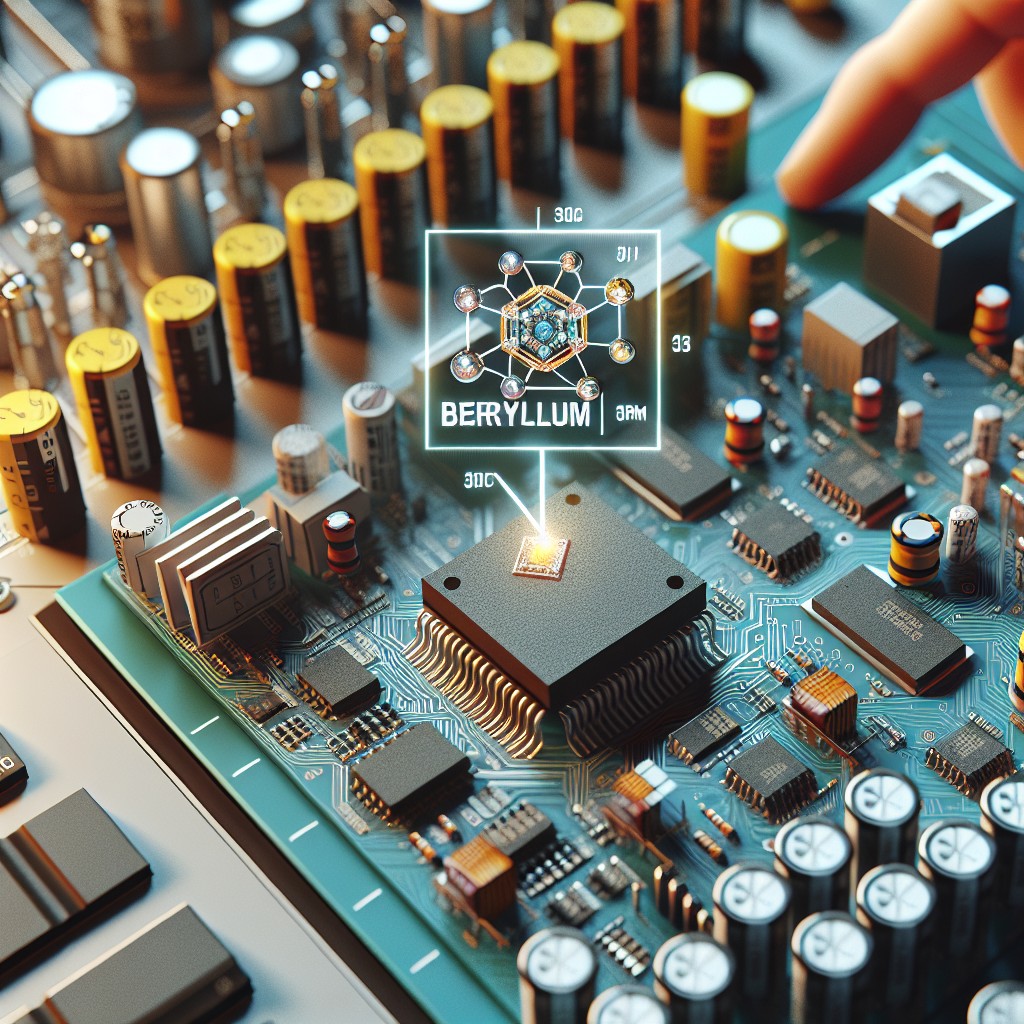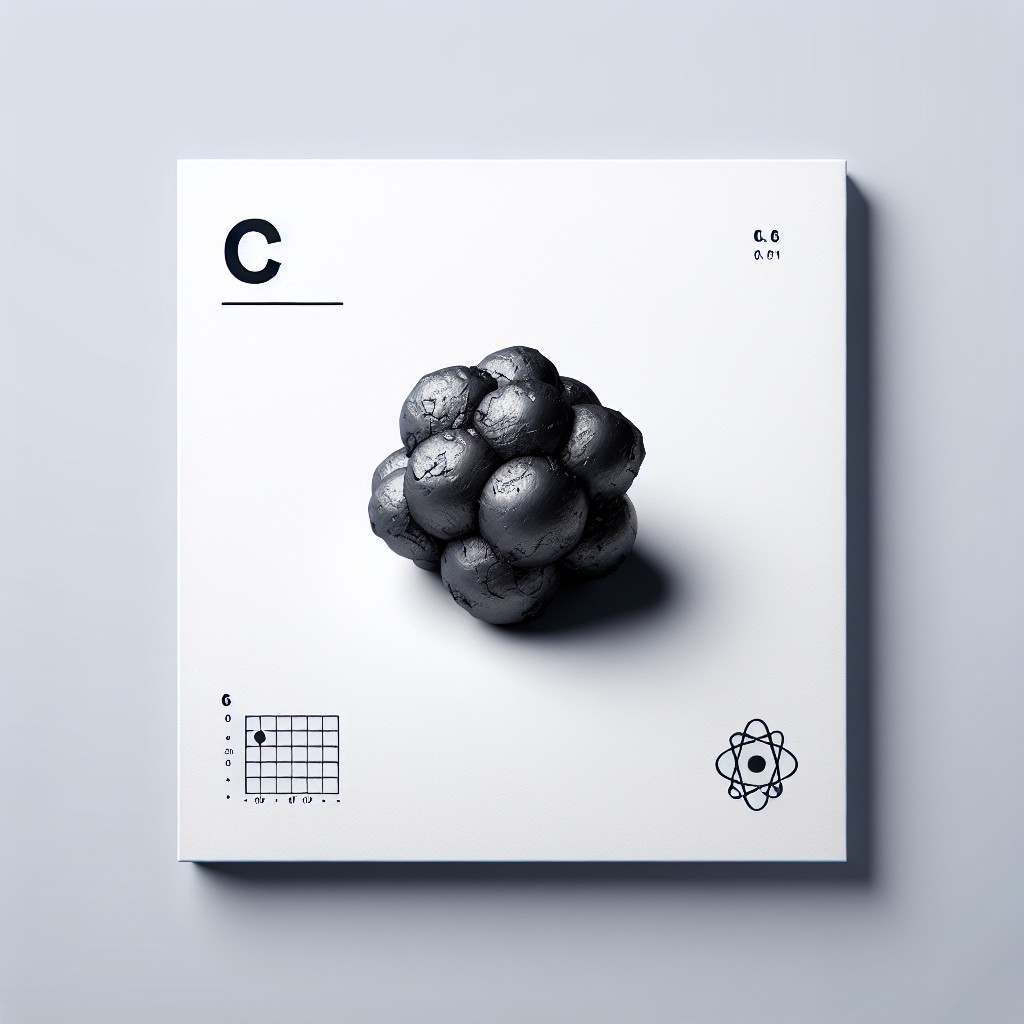Titanium is a versatile and strong metal that has become increasingly important in modern manufacturing. It is known for its exceptional strength-to-weight ratio, corrosion resistance, and biocompatibility, making it an ideal material for a wide range of applications. Titanium is widely used in industries such as aerospace, medical, automotive, and more. Its unique properties and advantages have made it a highly sought-after material in the manufacturing world.
Summary
- Titanium is a versatile and strong metal with unique properties that make it ideal for use in manufacturing processes.
- The history of titanium dates back to the early 19th century, and it has since become a popular material in modern manufacturing.
- The advantages of using titanium include its high strength, low density, and corrosion resistance, making it a popular choice in aerospace, medical, and automotive industries.
- Titanium alloys combine the best of both worlds, offering even greater strength and durability than pure titanium.
- While there are challenges and limitations to using titanium in manufacturing, innovations such as 3D printing are opening up new opportunities for research and development in the future.
The History of Titanium and Its Use in Modern Manufacturing
The history of titanium dates back to the late 18th century when it was first discovered by William Gregor, an English clergyman and mineralogist. However, it wasn’t until the early 20th century that the commercial production of titanium began. The United States played a significant role in the development of titanium production during World War II when it was used for military applications.
Over the years, the use of titanium in manufacturing has evolved significantly. In the early days, titanium was primarily used in military aircraft and naval vessels due to its strength and corrosion resistance. However, as technology advanced and the benefits of titanium became more apparent, its use expanded to other industries such as medical and automotive.
The Advantages of Using Titanium in Manufacturing Processes
One of the main advantages of using titanium in manufacturing processes is its lightweight and high strength properties. Titanium is about 45% lighter than steel but has a similar strength, making it an excellent choice for applications where weight reduction is crucial. This is particularly important in industries such as aerospace, where every kilogram saved can have a significant impact on fuel efficiency.
Another advantage of titanium is its exceptional corrosion resistance. It forms a protective oxide layer on its surface when exposed to oxygen, which prevents further corrosion. This makes titanium an ideal material for applications where exposure to harsh environments or corrosive substances is common.
Furthermore, titanium is biocompatible, meaning it is not harmful or toxic to living tissue. This makes it an excellent choice for medical applications such as implants and surgical instruments. Titanium’s biocompatibility also extends to its use in dental implants, where it can integrate with the surrounding bone tissue.
Lastly, titanium exhibits excellent heat resistance, making it suitable for high-temperature applications. It has a melting point of 1,668 degrees Celsius, which is higher than most other metals. This property makes titanium ideal for use in industries such as aerospace and automotive, where components are exposed to extreme temperatures.
The Unique Properties of Titanium: High Strength, Low Density and Corrosion Resistance
| Property | Description |
|---|---|
| High Strength | Titanium has a high strength-to-weight ratio, making it ideal for use in aerospace and military applications. |
| Low Density | Titanium is a lightweight metal, which makes it useful in applications where weight is a concern, such as in the automotive and sporting goods industries. |
| Corrosion Resistance | Titanium is highly resistant to corrosion, even in harsh environments, making it a popular choice for use in marine and chemical processing applications. |
Titanium possesses several unique properties that make it highly desirable in manufacturing processes. Firstly, titanium has a high strength-to-weight ratio, meaning it is incredibly strong while still being lightweight. This property makes it an ideal material for applications where weight reduction is crucial, such as in the aerospace industry.
Secondly, titanium has a low density compared to other metals. It is about 60% denser than aluminum but only about half the density of steel. This low density contributes to its lightweight nature and makes it an attractive choice for industries where weight reduction is essential.
Lastly, titanium exhibits exceptional corrosion resistance. When exposed to oxygen, titanium forms a thin oxide layer on its surface that protects it from further corrosion. This property makes titanium highly resistant to corrosion from seawater, acids, and other corrosive substances. As a result, it is widely used in marine applications and industries where exposure to harsh environments is common.
When compared to other metals such as steel and aluminum, titanium stands out due to its unique combination of properties. While steel is stronger than titanium, it is much denser and heavier. Aluminum, on the other hand, is lighter than titanium but not as strong or corrosion-resistant. Titanium strikes a balance between strength, weight, and corrosion resistance, making it an ideal material for a wide range of applications.
Titanium Alloys: Combining the Best of Both Worlds
Titanium alloys are created by combining titanium with other elements such as aluminum, vanadium, and iron. These alloys offer a range of benefits that make them even more desirable for manufacturing processes. By alloying titanium, manufacturers can tailor its properties to suit specific applications.
One of the main advantages of titanium alloys is their increased strength. By adding elements such as aluminum and vanadium, the strength of titanium can be significantly enhanced without sacrificing its lightweight nature. This makes titanium alloys ideal for applications where high strength is required, such as in the aerospace and automotive industries.
Furthermore, titanium alloys retain the corrosion resistance properties of pure titanium. This means that even with the addition of other elements, titanium alloys still exhibit excellent resistance to corrosion. This makes them suitable for applications where exposure to harsh environments or corrosive substances is common.
Another advantage of titanium alloys is their improved heat resistance. By alloying titanium with elements such as aluminum and vanadium, its melting point can be increased, making it suitable for high-temperature applications. This property is particularly important in industries such as aerospace and automotive, where components are exposed to extreme temperatures.
Applications of Titanium in Aerospace, Medical and Automotive Industries

The unique properties of titanium make it highly sought-after in various industries. In the aerospace industry, titanium is used extensively for aircraft components due to its lightweight nature and high strength. It is used in the construction of aircraft frames, wings, landing gear, and engine components. The use of titanium in aerospace has led to significant weight reduction in aircraft, resulting in improved fuel efficiency and performance.
In the medical industry, titanium is widely used for implants and surgical instruments due to its biocompatibility and corrosion resistance. Titanium implants are commonly used in orthopedic surgeries such as hip and knee replacements. The biocompatibility of titanium allows for the integration of the implant with the surrounding bone tissue, resulting in better patient outcomes.
In the automotive industry, titanium is used for engine components and exhaust systems. The lightweight nature of titanium helps reduce the overall weight of the vehicle, leading to improved fuel efficiency. Additionally, titanium’s corrosion resistance makes it ideal for use in exhaust systems, where exposure to high temperatures and corrosive gases is common.
The Environmental Benefits of Titanium: Recyclability and Sustainability
Titanium offers several environmental benefits that make it an attractive choice for manufacturers. Firstly, titanium is highly recyclable. Scrap titanium can be melted down and reused without losing its properties or quality. This reduces the need for new titanium production and helps conserve natural resources.
Furthermore, the production of titanium is relatively sustainable compared to other metals. Titanium ore is abundant and widely available, reducing the need for extensive mining operations. Additionally, the extraction process for titanium is less energy-intensive compared to other metals such as aluminum and steel.
The recyclability and sustainability of titanium make it an environmentally friendly choice for manufacturers looking to reduce their carbon footprint and promote sustainable practices.
Challenges and Limitations of Using Titanium in Manufacturing
While titanium offers numerous advantages, there are also challenges and limitations associated with its use in manufacturing processes. One of the main challenges is the high cost of production. Titanium is more expensive to produce compared to other metals such as steel and aluminum. This is due to the complex extraction process and the limited availability of titanium ore.
Another challenge is the difficulty in machining titanium. Titanium has a low thermal conductivity, which means it does not dissipate heat quickly during machining. This can lead to tool wear and increased machining time, making it more challenging and time-consuming to work with compared to other metals.
Additionally, the limited availability of titanium can pose a challenge for manufacturers. While titanium ore is abundant, its extraction and production are limited to a few countries. This can result in supply chain issues and increased costs for manufacturers located in regions with limited access to titanium.
Innovations in Titanium Manufacturing: 3D Printing and Other Techniques
In recent years, there have been significant innovations in titanium manufacturing techniques. One of the most notable advancements is the use of 3D printing, also known as additive manufacturing, to produce titanium components. 3D printing allows for the creation of complex geometries and intricate designs that would be difficult or impossible to achieve using traditional manufacturing methods. This has opened up new possibilities for the use of titanium in various industries.
Other innovative techniques in titanium manufacturing include powder metallurgy and electron beam melting. Powder metallurgy involves compacting and sintering titanium powder to create solid components. Electron beam melting uses an electron beam to melt and fuse titanium powder into a solid object. These techniques offer improved control over the microstructure and properties of titanium components, resulting in enhanced performance.
The Future of Titanium: Opportunities for Research and Development
The future of titanium looks promising, with numerous opportunities for research and development. There is potential for new applications of titanium in industries such as renewable energy, electronics, and construction. For example, titanium could be used in the production of wind turbine blades due to its lightweight nature and corrosion resistance.
Research and development efforts are also focused on improving the production and processing of titanium. This includes developing more efficient extraction methods, reducing energy consumption during production, and exploring new alloy compositions to enhance the properties of titanium.
Titanium is a versatile and strong metal that has become increasingly important in modern manufacturing. Its unique properties, such as high strength, low density, corrosion resistance, and biocompatibility, make it an ideal material for a wide range of applications. Titanium alloys offer even more benefits by combining the best properties of titanium with other elements.
The use of titanium in industries such as aerospace, medical, and automotive has revolutionized manufacturing processes and led to significant advancements in technology. The recyclability and sustainability of titanium make it an environmentally friendly choice for manufacturers looking to reduce their carbon footprint.
While there are challenges and limitations associated with the use of titanium, ongoing research and development efforts are focused on overcoming these obstacles and exploring new opportunities for the future. The potential for growth and innovation in the titanium industry is vast, making it an exciting field to watch.
FAQs
What is Titanium (Ti)?
Titanium (Ti) is a chemical element with the symbol Ti and atomic number 22. It is a strong, lustrous, and corrosion-resistant transition metal.
What are the properties of Titanium (Ti)?
Titanium (Ti) has a low density, high strength, and excellent corrosion resistance. It is also biocompatible, non-toxic, and non-magnetic.
What are the uses of Titanium (Ti)?
Titanium (Ti) is used in a wide range of applications, including aerospace, medical implants, jewelry, sports equipment, and automotive parts. It is also used as a pigment in paint and as a component in some sunscreens.
How is Titanium (Ti) produced?
Titanium (Ti) is produced by reducing titanium tetrachloride (TiCl4) with magnesium (Mg) in a process called the Kroll process. It can also be produced by reducing titanium dioxide (TiO2) with carbon (C) in a process called the Hunter process.
Is Titanium (Ti) expensive?
Titanium (Ti) is relatively expensive compared to other metals due to the difficulty of extracting and refining it. However, its unique properties make it a valuable material for many applications.
Is Titanium (Ti) toxic?
Titanium (Ti) is not toxic and is considered to be biocompatible, meaning it is not harmful to living tissue. It is commonly used in medical implants and dental implants.


